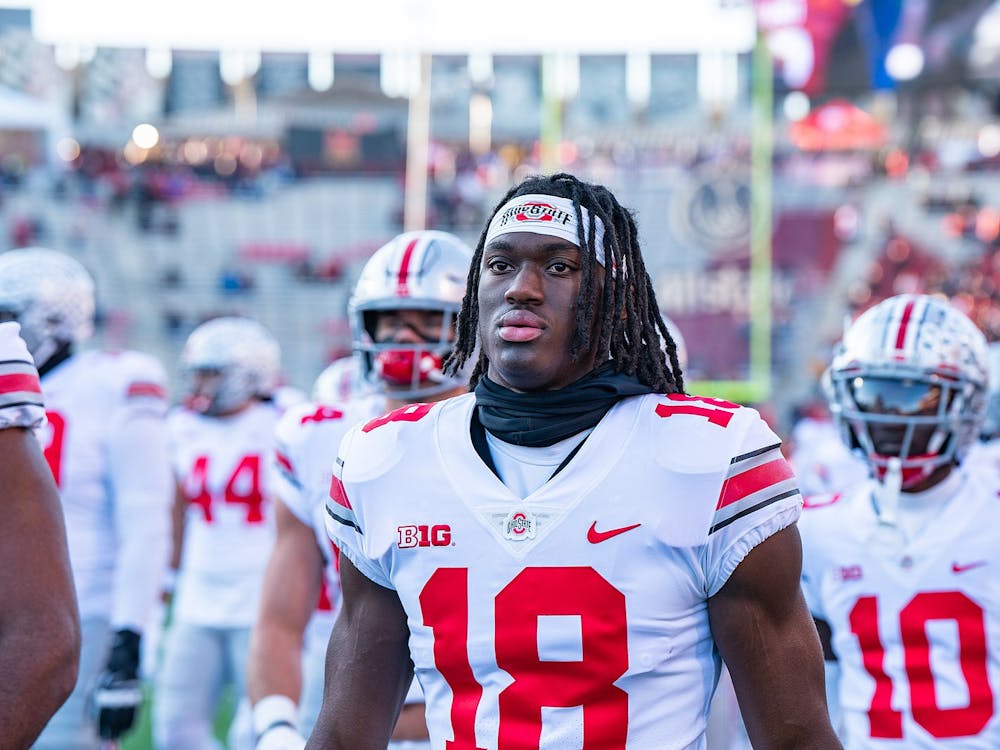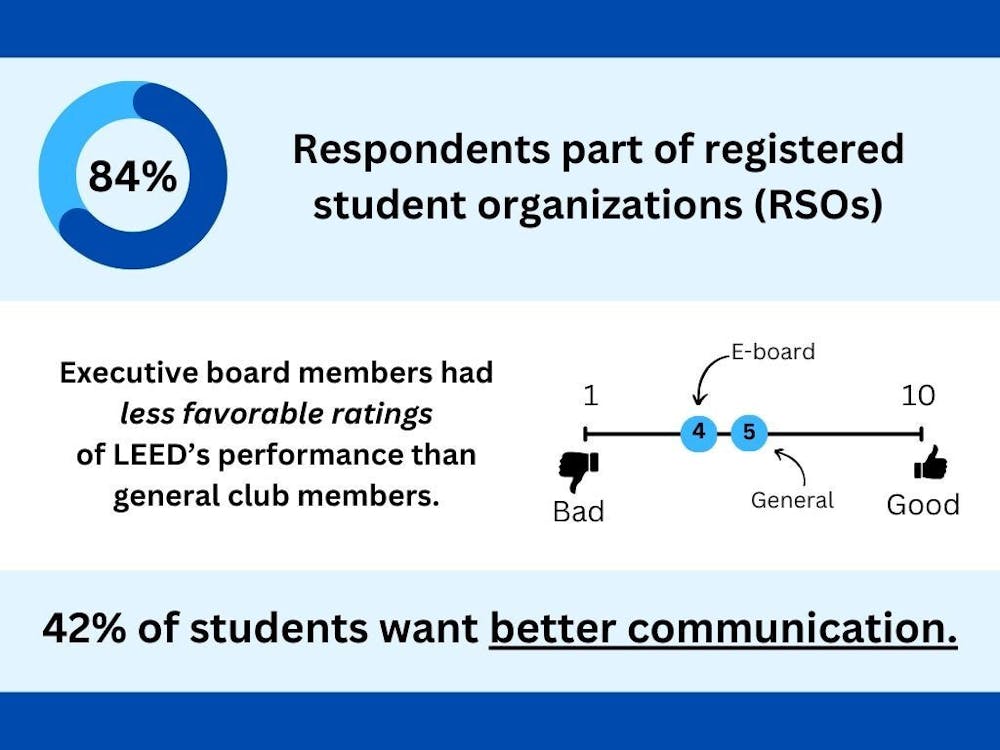What the nominees of the Academy Awards Live Action Short Films category have in common, often more than anything else, is that few people watch them. This year, there is another theme that draws this diverse bunch together: meetings. There are meetings between strangers who become friends, between strangers who may never meet again, between different species and even between different worlds. The majority of these films do an imperfect job exploring the central theme of interaction.
Parvaneh (Talkhon Hamzavi, Switzerland, 25 min.)
“Parvaneh” is named for the main character, a young immigrant woman trying to send money to her father in Afghanistan. To do so, she must travel from isolated countryside into the heart of urban Switzerland. Parvaneh meets an experienced, city-wise girl who agrees to help her, and along the way she experiences modern, cosmopolitan European society for the first time. An unsteady camera and string of well-chosen shots competently establish Parvaneh as a stranger to all she finds in the city.
In some shots, Parvaneh stands on the street while everything is an out-of-focus blur swimming around her. A mall stand of dozens of lipstick tubes are alien to her. She observes with confusion and an outsider’s clarity the dysfunctional relationship her friend and her mother share. A problem with this aspect of the film is the uncertain and sometimes condescending cultural dichotomy it tries to establish between Parvaneh and literally everything else.
The film also seems uncertain about whether it wants the audience to experience the strangeness she experiences as strangeness or chuckle condescendingly at a foreigner’s naiveté. Ultimately, “Parvaneh” does not take on the myriad political and cultural issues a film about an Afghan girl newly arrived in a western European country could tackle.
Instead, it’s a more general (and as a result, generic) story about an unlikely cross-cultural friendship. It begins more promisingly than it resolves, but it’s thankfully — given the numerous unfortunate ways in which the story threatened to progress — never annoyingly cynical in misguided attempts to be “gritty.” “Butter Lamp” (Hu Wei, France/China, 15 min.) In “Butter Lamp,” a photographer sets up a backdrop of various sceneries and snaps pictures of the nomadic people of Tibet against these backdrops.
This is the simple premise of a simple film, which lacks a traditional narrative. This film is unconventional in other ways as well; the camera is fixed in place, like a photography camera, and it cuts periodically only when a scene ends (when the photograph is taken). “Butter Lamp” bears some resemblance to “canned theater,” the defunct style in which a film was essentially a recorded stage play. But the resemblance starts and ends at the static camera. Much of the dialogue comes from outside the strict rectangle of the shot. People walk in and out of the shot freely — not as actors on a stage but as people walking in and out of the view of a camera.
An entire unseen world exists off camera. It’s stagelike, but the stage, the photograph and the artifice of art are well-acknowledged. Their acknowledgement is integral.
An entire unseen world exists on camera too because, as the film shows, so much colorful and beautiful interactions take place in front of the camera that a photograph cannot in a single shot capture. The film manages to be both sad and funny in a scene that illustrates that discrepancy.
An old Tibetan woman who has never been photographed cannot stop praying to a backdrop of Potala Palace, which forces the photographer to change the backdrop to a tropical beach that looks as fake as a Windows desktop background.
This, of course, clashes comically and pathetically with the old woman. The scene depicts a woman’s devotion to the Dalai Lama, the traditions and ways of life that she embodies (on the verge of being consumed by a modernizing society). It even depicts the comedy of photographers wondering whether a backdrop of Disney characters “fits” her. A photograph condenses these interactions to an old woman sitting in front of a beach backdrop.
Some might call “Butter Lamp” experimental for the sake of being experimental. It’s true that the camera almost never moves and that this is uncommon in mainstream film. However, when the camera does finally move, it’s cathartic and the technique elevates meaning and feeling as the essence of film.
The Phone Call (Mat Kirkby, U.K., 20 min.)
“The Phone Call” has three assets: its premise, its framing and its actors. Unfortunately, two of these concern the ideas behind the film more than they do the execution.
A worker at a crisis hotline receives a phone call from a man who, the audience discovers, has intentionally overdosed on pills and wants human comfort in his last minutes alive. Both Sally Hawkins, who plays the worker, and Jim Broadbent, who never appears on screen but voices the caller, are fantastic. These performances are based almost entirely on their delivery of dialogue, and in this undertaking the two achieve an absorbing and natural back-and-forth.
The rest of the film does not quite hold up. At times it relies on sound to generate suspense in the most banal ways — the ticking of a clock and something that sounds like a generic “suspenseful” sound effect, both as if to say, “Hey, look, urgency or something.”
The visual detail shots are often far more effective. A close shot of the worker’s hands nervously rubbing her watch face, for example, conveys more genuine human urgency than does a lazy stock noise. “The Phone Call” also jumps back and forth jarringly between trying to be some kind of suspenseful drama and a heart-rending story.
By the end it decides it’s the latter, and that ending is laughably clumsy in its sentimentality. It even features a Sarah McLachlan-esque piano ballad. This is no exaggeration — the director could have played “Angel” over the last scenes and it would not have been any more mawkish than it already is. It’s very emotional, only in the sense that it desperately wants be seen as very emotional, which in a way is sadder than the film itself.
Aya (Oded Binnun & Mihal Brezis, France/Israel, 39 min.)
A young woman, the titular Aya, impulsively decides to pose as a professional driver and pick up a man at an airport. These two personalities turn out to be great opposites. They form a familiar fictional male-female dynamic: an older, critical man paired with a younger, spontaneous woman. “Aya” is the longest of these Oscar-nominated films, but it offers the least substance.
A good short film is not an abbreviated version or a selected snippet of a full-length film. A good short film can exemplify the best of film as a medium because its length forces it to develop into its highest potential without meandering into other ideas. “Aya” meanders as much as a short (though at 40 minutes, it is hardly a “short” short film) film possibly can.
It wants to be a character study, and it tries to do this by throwing two incredibly different people together and examining the ways in which they interact. Both are too shallowly written to be liked, much less character-studied. The most effective part of this film is the deft editing, which cuts and puts shots together in viscerally uncomfortable sequences and rhythms. The downside to this is that all the film really has to offer in the end is that discomfort.
Boogaloo and Graham (Michael Lennox, U.K., 14 min.)
Surprisingly, the film that is set during the Troubles, the era of ethno-nationalist conflict that occurred in Northern Ireland in the late 1960s, is the most lighthearted of the category. In Belfast, a father gives his two sons baby chickens, which they name Boogaloo and Graham and care for with great affection. This is a pleasant piece, enjoyable mostly due to the charm and hijinks of the two boys, who in one scene, out of love for their chickens, declare their vegetarianism (except for sausages and burgers).
This film was not made for the non-Irish. Without much context for the bloody turmoil of the Troubles, the juxtaposition between the violent world outside and the world of innocent young boys and their chickens may not have been as effective as it could have been. But overall, “Boogaloo and Graham” is a sweet and funny piece.
Although the Live Action Short Film category may not recieve the most viewers or be the most highlighted moment of the Acedmy Awards ceremony, watching the winners announced is still worthwhile in order to see which of these films will come out on top. The Academy Awards will air on ABC on Sunday, Feb. 22. with Neil Patrick Harris as the show’s host.















Please note All comments are eligible for publication in The News-Letter.